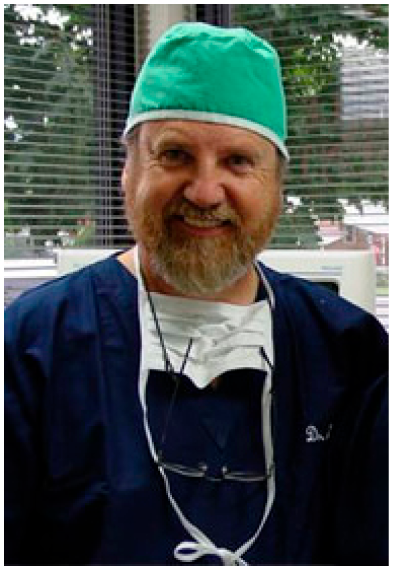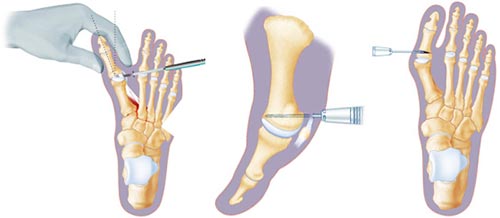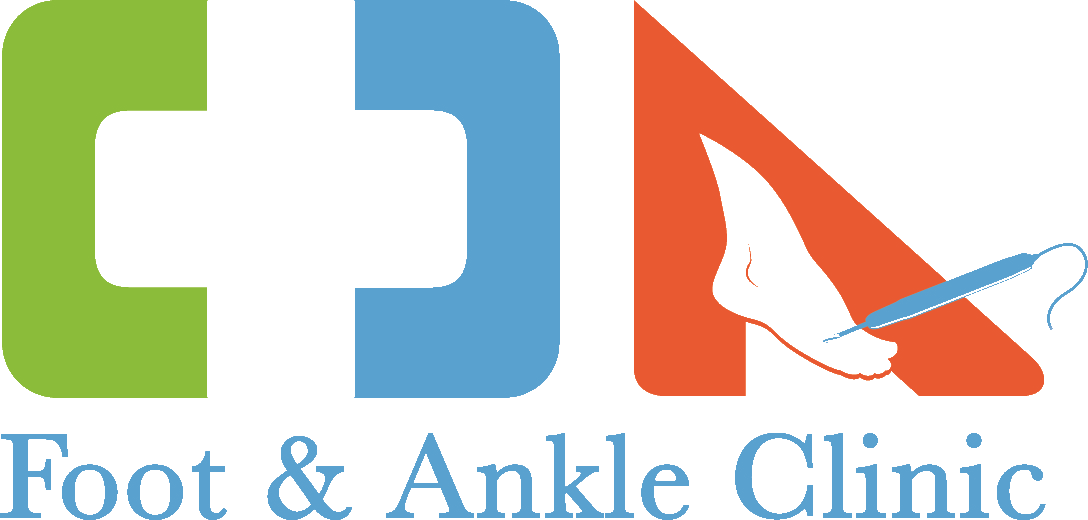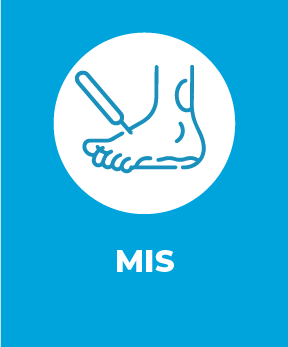
”“To Stephen Isham, Driving force in the Field of percutaneous foot surgery and inspiration of this book.”
Minimally invasive surgical techniques were pioneered by Morton Polokoff, who in 1945, presented a system of subdermal surgery using very small instruments. Other foot surgeons later used the ideas of Dr. Polokoff in the 1960′s, and in the 1970′s the first course in minimally invasive surgery of the foot was taught at the Pennsylvania College of Podiatric Medicine. In the 1980′s and 1990′s, Dr. Stephen Isham described techniques for the treatment of bunions and deformities of the lesser toes among other conditions. Over these same decades, orthopedic podologists related with the Academy of Ambulatory Foot and Ankle Surgery (AAFAS) in Europe began performing MIS techniques. Foot and Ankle Surgeons in Spain especially have done much to add to the study and body of text regarding these techniques. Dr. Mariano de Prado published the most comprehensive of these texts in Spanish and English, Minimally Invasive Foot Surgery. This medical text was dedicated to Dr. Stephen A. Isham, and reads:
Dr. Stephen A. Isham was a practitioner in Spokane, Washington for many years, and then at the Coeur d’Alene Foot & Ankle Surgery Center from 1995 until his retirement in 2010. Dr. Isham devoted his career not only to practicing these techniques, but teaching MIS procedures at home and abroad. His influence is prominent in many Central American, South American, European and Asian countries. He has pioneered and published articles on many of the minimally invasive surgical procedures currently in use, and has received numerous honors worldwide for his work in this field.
What is Minimally Invasive Surgery?
As in other surgical specialties, the trend in foot and ankle surgery is towards adopting minimally invasive (aka percutaneous minimal incision) techniques. Traditional or open surgical techniques are often performed in a hospital under general anesthesia and typically require large incisions and more aggressive techniques to effectively resolve the different pathological elements producing foot deformities. A major factor in recovery time and discomfort is the amount of tissue that has been involved by the incision and the risk of surgery is multiplied by general anesthesia.
Minimally invasive surgery (MIS), allow for interventions to be carried out through extremely small skin incisions thus causing minimal injury to the adjacent tissues thereby decreasing healing time and achieving the best cosmetic result. Radiographic (fluoroscopic) visualization is used during the procedure to guide the surgical maneuvers.

Ambulatory foot surgery, in most instances, is performed in an office or an outpatient surgical center under local anesthesia meaning just the foot is numb but the patient is awake during the whole procedure.
At the conclusion of the surgery, a few stitches may be used to close the opening and a small bandage protects the area. In many cases no stitches are required. The patient leaves the office walking, and in many instances in his own shoes! The condition has been corrected, the patient remains ambulatory and discomfort and prolonged disability have been minimized.
Is MIS an Effective Technique?
Your Future Health
We hope this approach makes sense to you and we can start working together to correct your problems. Thank you for the time you’ve spent learning about us. The Academy of Ambulatory Foot and Ankle Surgery Dr. Isham Joining others in expressing appreciation for Dr. Isham’s work pioneering and establishing these minimally invasive surgical techniques worldwide, it is with our gratitude and in his honor that his work in is continued at the Coeur d’Alene Foot & Ankle Clinic and Surgery Center.
REQUEST AN APPOINTMENT
Please call us at (208) 666-0605 or fill out the form below
to submit your information






